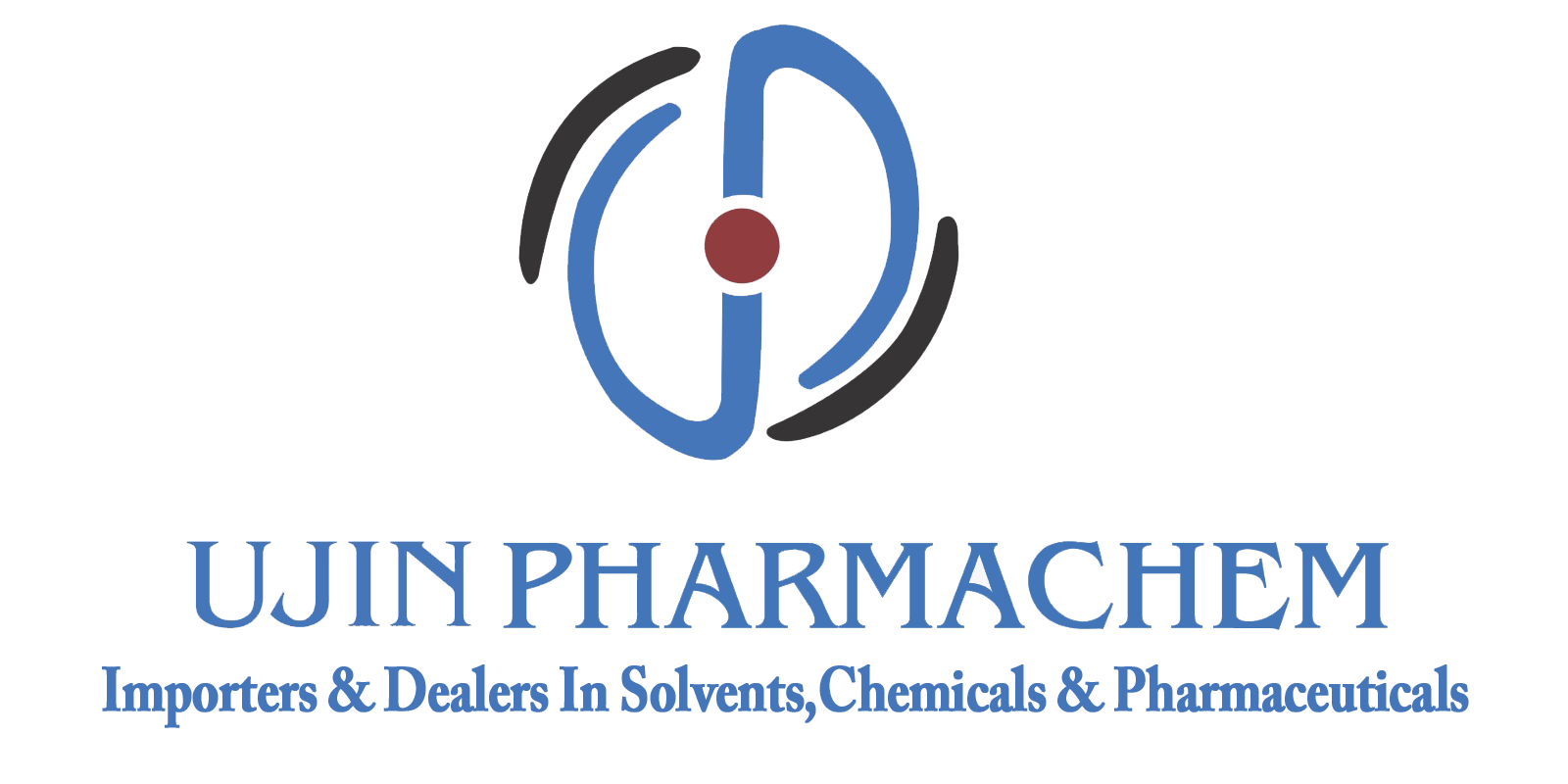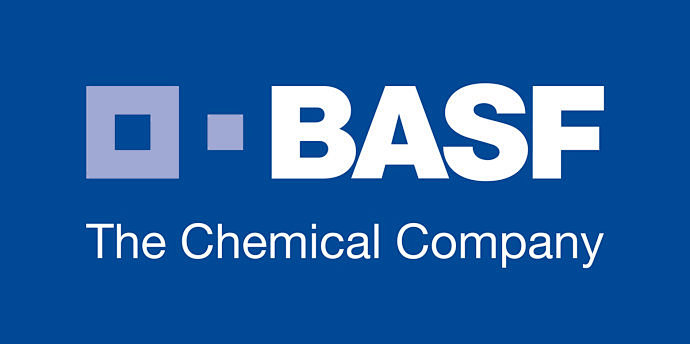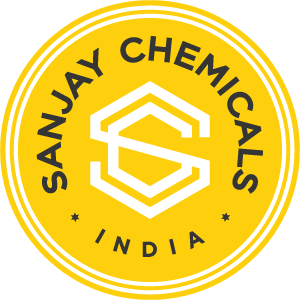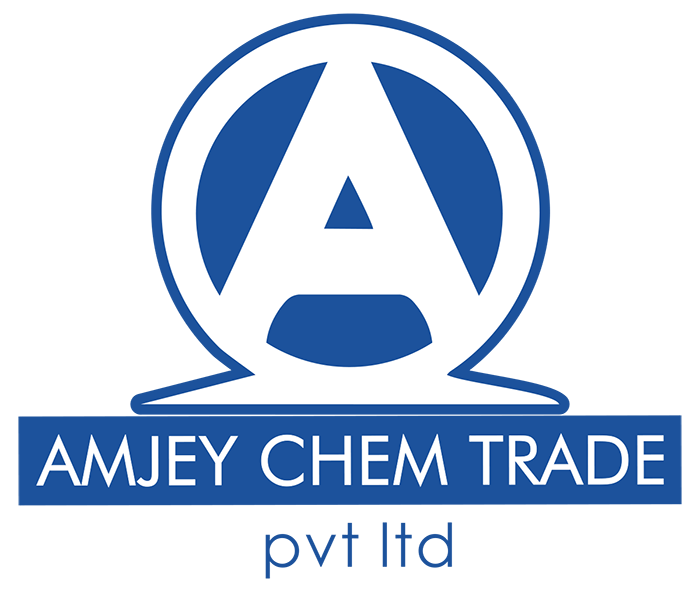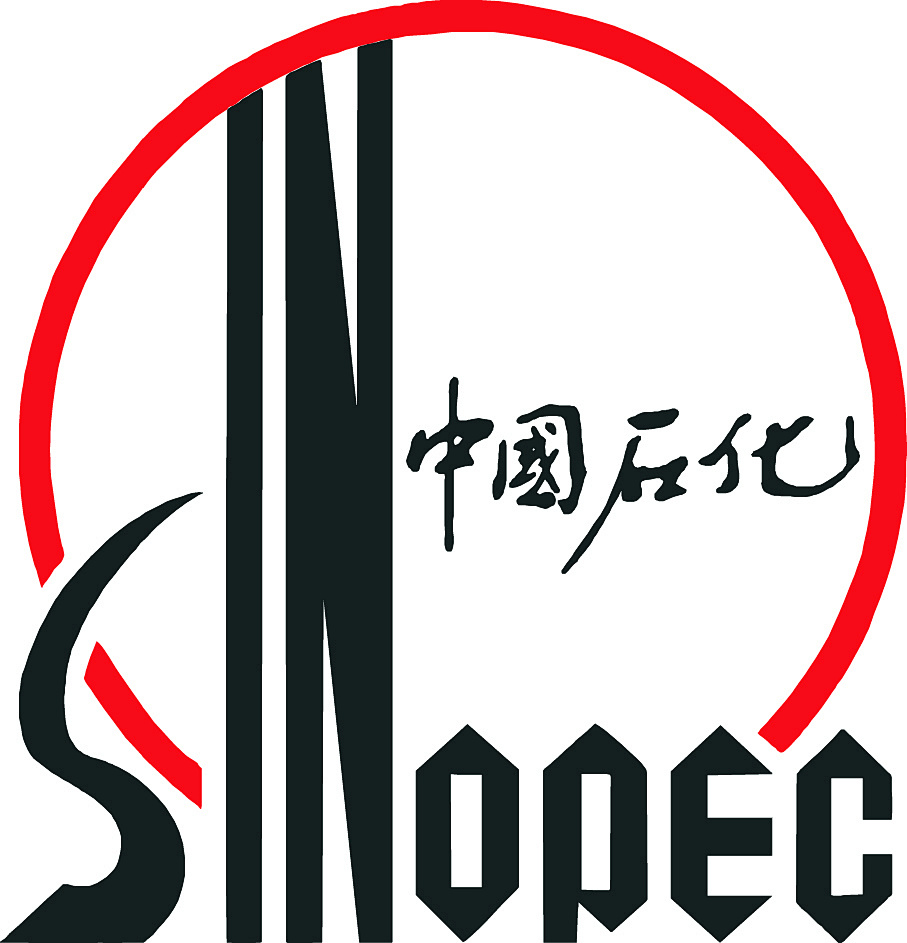| Chinese name |
2-ethylhexanol |
| English Name |
2-Ethyl-1-hexanol |
| Alias |
2-ethylhexanol
2-ethyl -1-hexanol
2-ethyl -1-hexanol
2-ethylhexanol (isooctanol
isooctanol (2-Ethylhexanol) Perfume Grade
isooctyl alcohol standard in carbon disulfide mixed solvent
HEPES 1 M sterile solution, pH 7.3
2-ethylhexanol, 2-ethylhexanol, 2-ethyl-1-hexanol, octanol |
| English alias |
FEMA 3151
octan-3-ol
ISOOCTANOL
ALCOHOL C8
2-ETHYLHEXANOL
2-Ethylhexanol
2-ethyl hexanol
ISOOCTYL ALCOHOL
2-Ethylhexan-1-ol
2-Ethyl-1-hexanol
'ISOOCTYL ALCOHOL'
ETHYL-1-HEXANOL, 2-
1-ETHYL-N-AMYLCARBINOL
(2R)-2-ethylhexan-1-ol
(2S)-2-ethylhexan-1-ol
titanium(4+) tetrakis(2-ethylhexan-1-olate) |
| CAS |
104-76-7 |
| EINECS |
203-234-3 |
| Chemical formula |
C8H18O |
| molecular weight |
130.23 |
| InChI |
InChI=1/C8H18O/c1-3-5-6-8(4-2)7-9/h8-9H,3-7H2,1-2H3/t8-/m0/s1 |
| InChIKey |
YIWUKEYIRIRTPP-UHFFFAOYSA-N |
| Density |
0.833g/mLat 25°C(lit.) |
| melting point |
−76°C(lit.) |
| boiling point |
183-186°C(lit.) |
| Flash Point |
171°F |
| water solubility |
1 g/L (20 °C) |
| Vapor pressure |
0.2mm Hg ( 20 °C) |
| steam density |
4.49 (vs air) |
| JECFA Number |
267 |
| solubility |
Water: 20°C dissolved g/L |
| refractive index |
n20/D 1.431(lit.) |
| acidity coefficient |
15.05±0.10(Predicted) |
| PH value |
7 (1g/l, H2O, 20℃) |
| Storage conditions |
Store below +30°C. |
| Stability |
stability. Combustible. Incompatible with strong oxidants and strong acids. |
| Appearance |
Solid |
| Color |
Clear |
| Smell |
sweet. |
| Merck |
14,3808 |
| BRN |
1719280 |
| explosion limit value |
0.88%, 104°F |
| physicochemical properties |
Colorless to pale yellow oily liquid with sweet and light floral notes. Soluble in 720 times water, miscible in most organic solvents. Boiling point 183 ℃, melting point -70 ℃. |
| MDL No. |
MFCD00004746 |
| Dangerous Goods Signs |
Xn-Hazardous
Items Xi-Irritant Items |
| Risk Terms |
R37/38-Irritation of respiratory system and skin + B52.
to R41-serious eye injury.
, R36-Irritating to eyes.
in R21-Harmful in contact with skin.
R52/53 -R36/37/38-Irritating to eyes, respiratory system and skin.
, R20-Harmful if inhaled. |
| Safety terminology |
S26-After eye contact, rinse immediately with plenty of water and seek medical advice.
S36 /39 -S36/37/39-Wear appropriate protective clothing, gloves and goggles or a mask.
, S36-Wear suitable protective clothing.
S61-Avoid release to environment. Refer to Special Instructions/Safety Data Sheet. |
| WGK Germany |
2 |
| RTECS |
MP0350000 |
| TSCA |
Yes |
| Customs number |
29339990 |
| Upstream raw materials |
Propylene |
| Downstream Products |
2-ethylhexanoic acid terephthalic acid dioctyl ester |
2-Ethylhexanol -Properties
Colorless transparent flammable liquid with special smell. Soluble in about 720 times of water, miscible with most organic solvents. In case of high heat, open flame or contact with oxidant, there is a danger of combustion. In case of high heat, the internal pressure of the container increases, and there is a risk of cracking and explosion. It can form explosive mixtures with air. Can accumulate static electricity and ignite its vapor.
2-ethylhexanol -preparation
acetaldehyde condensation method is to first generate butanol aldehyde by condensation of two molecules of ethanol, and then dehydrate to generate crotonaldehyde (crotonaldehyde), which is hydrogenated to obtain n-butyraldehyde; n-butyraldehyde is hydrogenated to obtain n-butanol; If condensation dehydration is used to generate 2-ethyl hexenal, and further hydrogenation is used to obtain the final product 2-ethyl hexanol. Or the high-pressure carbonyl synthesis method is used to synthesize n-butyraldehyde and isobutyraldehyde with propylene, carbon monoxide and hydrogen as raw materials and tetracarbonyl hydrogen cobalt as catalyst. The hydrogenation of n-butyraldehyde and isobutyraldehyde was carried out using copper or nickel as catalyst. n-Butyraldehyde is hydrogenated in gas phase or solid phase to produce n-butanol; after preliminary distillation, n-butanol is purified in a two-tower distillation system. Using sodium hydroxide as catalyst for n-butanol condensation and dehydration of 2 ethyl hexenal. 2 ethylhexenal hydrogenation in the presence of nickel catalyst, under a certain temperature and pressure hydrogenation of iso 2 ethyl hexanol.
2-Ethylhexanol -Application
is used as a defoamer for drilling fluids. Also used in the preparation of phthalate dioctyl ester, azelaic acid dioctyl cheese and other plasticizers.
2-Ethylhexanol -Safety
Rat oral LD50: 12.46 mL/kg. Ingestion, inhalation or absorption through the skin after harmful to the body, can cause skin allergic reactions. Strong irritation to the eyes, eye contact with this product, can damage the eyes; stored in a cool, ventilated warehouse. Keep away from fire and heat source. Prevent direct sunlight. Keep container sealed. Should be stored separately from oxidants and acids.
2-Ethylhexanol -Introduction
2-ethylhexanol. The following is a description of the nature, use, preparation and safety information of 2-ethylhexanol:
nature:
-Appearance: Colorless liquid
-Solubility: soluble in water, alcohol and ether
-Stable and non-flammable, but capable of forming flammable vapor-air mixtures
use:
2-Ethylhexanol is mainly used as a solvent and is widely used in industries such as paints, inks, dyes, cleaners and pigments.
-It is also used in the preparation of fragrances, antifreeze, plastics and rubber.
preparation method:
-2-ethylhexanol can be hexane and ammonia reaction, hexylamine, and then with ethylene addition reaction to 2-ethylhexanol.
Safety Information:
-2-Ethylhexanol is moderately toxic and may be irritating to the respiratory tract, eyes and skin. -Take appropriate personal protective measures when exposed to
, such as wearing protective glasses, gloves and protective clothing. -Avoid breathing smoke, gas or mist and ensure a well-ventilated working environment.
![]() +086 1911-7288-062 [ CN ]
+086 1911-7288-062 [ CN ]


























































































